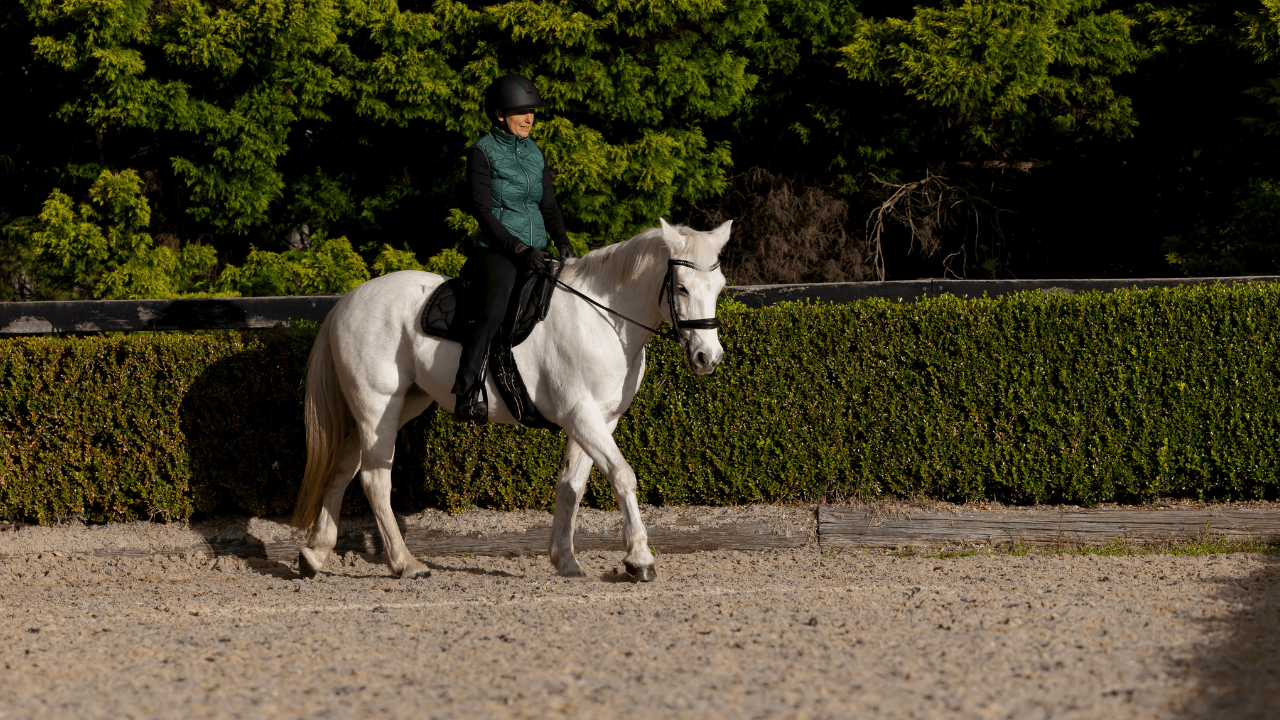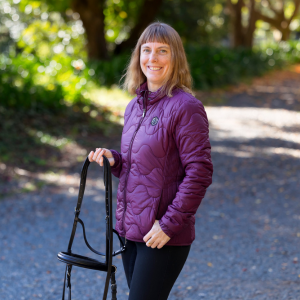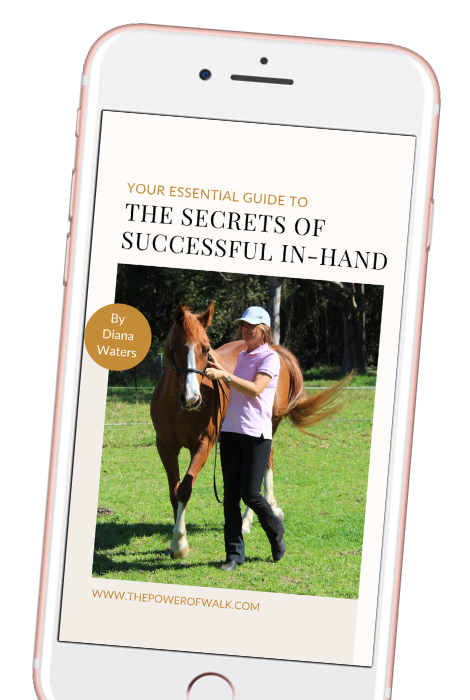
Feeling it in your body
Some talented trainers have the ability to not only feel what is going on beneath them, but to be able to describe it in terms of what each muscle is doing, both in the horse’s body and their own.
This must require an incredible ability to using the thinking brain and the feeling brain at the same time (a skill which I do not possess!) It is really interesting to learn from these people, but many of us are left overwhelmed by the prospect of having to process all this at once while on a horse.
I’d like to let you know that this isn’t the only way.
I am a “feeling” rider. I’m also a deep thinker, but I don’t do the deep thinking while on a horse. When I’m on a horse I’m not consciously aware of each muscle movement but more of an overall feeling which tells me whether the horse is moving well, and what I need to do to help the horse move better.
How do I do this? Through a felt sense of balance in my own body.
This sense of feel was greatly enhanced when I rode schoolmasters for a month at Heather Moffett’s. Because the horses were moving in balance, my body got to know what this felt like. That meant that when I got on any other horse, my body knew how it wanted to feel. As long as I was in a state of calm connection, I was easily able to convey this to the horse by imagining the feeling.
What if you don’t have access to a correctly educated schoolmaster? There are other ways of achieving this body knowledge. By carrying out the exercises on foot, slowly and mindfully, our bodies can learn what they feel like. By mindfully watching others do them well on a horse, our subconscious will put together the body feeling from the two - walking and watching. This works very well with the French Classical slow walk work.
Once our bodies begin to know, we can refine this by teaching the horse in-hand first, when we have the advantage of being able to see the horse to help.
Now the horse knows what to do, and our body knows roughly what to do. So when we get on the horse, and ask for, say, a shoulder-in that we have taught them from the ground, and walked through ourselves on foot, the horse already knows what to do, and the human body recognises the basic feeling, and refines the understanding of what it feels like on the horse.
Next time we train the exercise to a new horse, we will find it easier to train as our body gains confidence in its felt knowledge.
There are lots of other ways of getting the information we need into our bodies as well. Some prefer to learn by visualisations, some by clear explanations of seatbones, legs, etc.
We do not need to be able to describe what the psoas and trapezius are doing beneath us in order to be an exceptional rider, trainer and teacher: It is perfectly OK to develop our body knowledge via feeling and allow the subconscious to take care of the nuances without putting anything into words.
If it feels good, it is correct.



